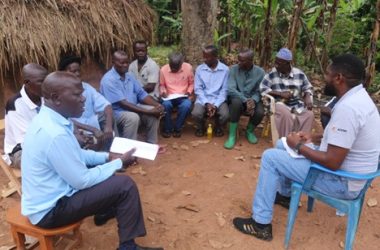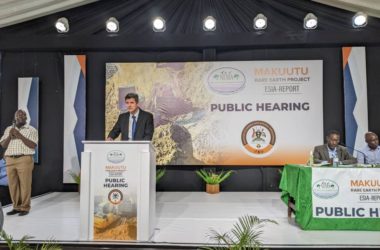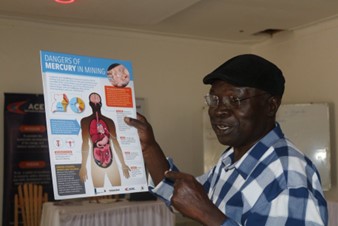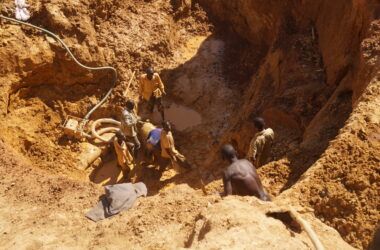Artisanal and small scale gold miners have called for regulation and proper management, other than a ban of mercury usage in processing their ore.
At an NGO working group meeting, Emmanuel Kibirige, the National ASM association, UGAASM (Uganda Association for Artisanal and Small Scale Miners) secretary, argued that alternative methods talked about by experts are not as effective as mercury.
“Let us not live in denial of the existence of mercury in the mines. Gold miners are still utilising mercury in gold processing as frequently as before the Minamata convention,” he said, adding that Government should consider limiting exposure as opposed to being under the illusion that mercury can be eliminated by 2030.
He cautioned that environmentalists and Government should encourage safe usage at gold mine sites as banning it could instead be disastrous.
“It might force miners to transport it in harmful ways attempting to sneak it into the mines, for example, carrying it in the mouth which some dealers have started doing while smuggling it across the border,” he said.
Kibirige made reference to the gold mines of Kagaba in Kassanda district where they have gazetted a specific processing area, with only two people tasked with processing using mercury.
Basil Okello, a gold miner from Abim district said in a phone interview that some security officials in the mines are helping in sneaking mercury into the mines.
“They take advantage of not being checked and in exchange, they buy gold from the miners at a subsidised price,” he said.
He argued that a shift from mercury should instead be gradual as it may go beyond the targeted 2030, saying mercury is more efficient in gold processing, insisting that miners would continue sneaking it into the mines, or finding other ways to use it.
Ivan Male, a miner from Kitumbi Kayonza mine site in Kassanda district, who has benefited from mercury-free training in gold processing, advised that mercury be regulated as opposed to being completely phased out.
He made reference to countries where he and other miners had been taken to benchmark, like South Africa and Tanzania, where mercury was still being used at major mine sites, but under regulation. He said the alternative agent borax is not as effective as mercury.
“Borax does not properly hold small amounts of gold. You need a lot of gold ore to use Borax.”
Josephine Aguttu, the Eastern region secretary under UGAASM, a miner from Busia district, says mercury-free interventions by organisations like UNACOH (Uganda National Association of Community Occupational Health) and IMPACT have proven futile.
UNACOH, she says established a demonstration site in Busia, under the supervision of a mining group called TISMA, but there are hardly any miners taking their ore for processing using the mercury free facility, adding, the process is tedious, time consuming and expensive.
“It may work for small amounts. But if you have tonnes of ore, how many people are you going to employ to do the crushing?”
She said that one would need just about five (5) people to do the work within a short time using mercury, reducing the turnaround time to sell immediately and make money, and shared that in fact, miners only crush small amounts of ore at the facility, and later take it for further processing with mercury.
She said the shaking table provided by IMPACT was taken away after three years without yielding anything.
“People attend trainings, but realise these options are not realistic for bulky amounts of ore and decide to continue with mercury,” she said.
The Minamata convention on mercury is the most recent global agreement on environment and health, adopted in 2013. One key resolution of the convention is to implement a mercury phase-out by 2030.
ASMs however, who are the major consumers of mercury seem to believe this is unrealistic and only a fallacy.






